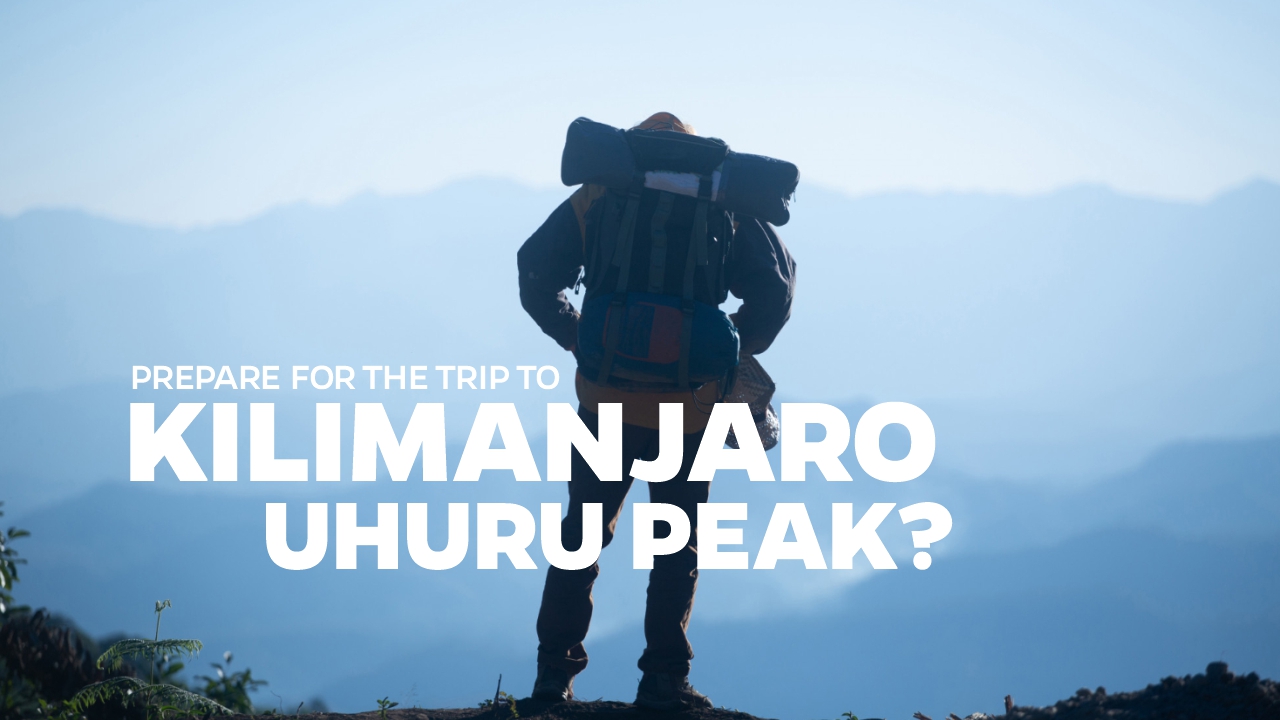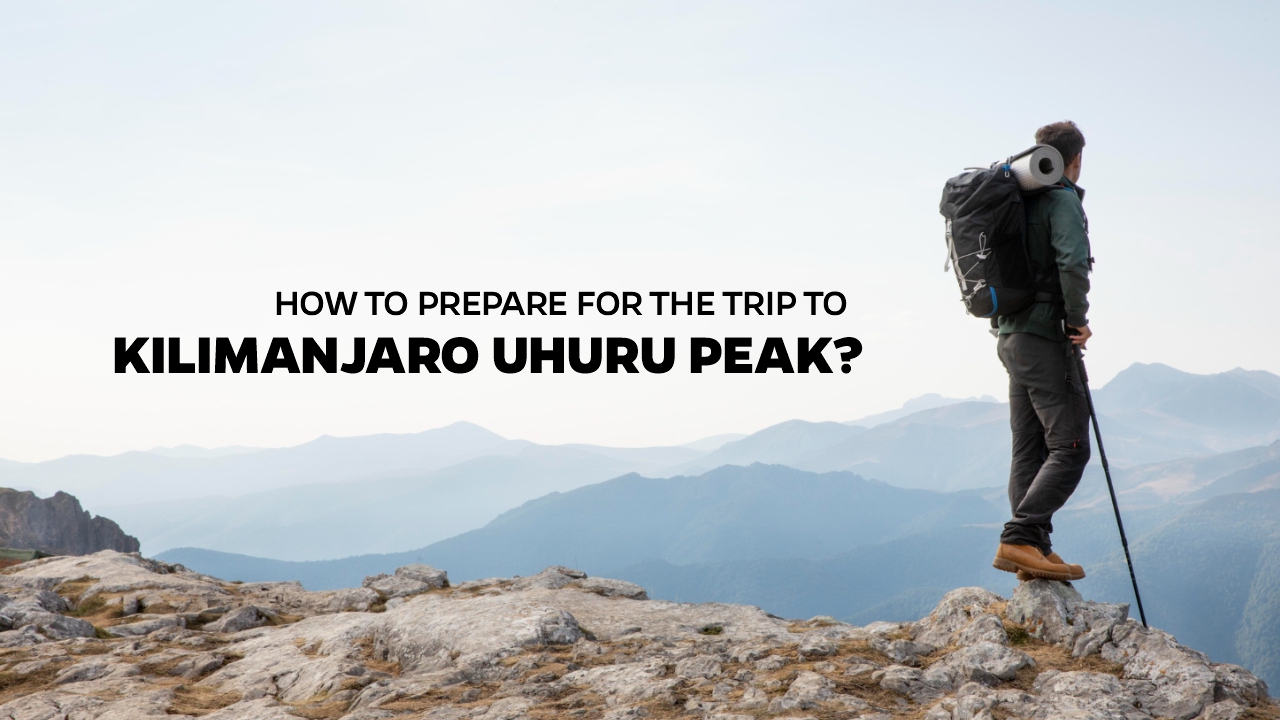Mount Kilimanjaro is one of the world’s most iconic peaks. Rising to 5,895 meters, it’s the tallest free-standing mountain on Earth. Every year, thousands of trekkers set out to stand on Uhuru Peak. Some make it. Many turn back.
Getting to the summit isn’t just about putting one foot in front of the other. Success depends on how well you prepare your body and your mind. Climbing Kilimanjaro is a big goal, but with the right plan, you can give yourself the best chance to reach the top safely.
Let’s walk through what you need to know to get ready, inside and out.
What Makes Kilimanjaro Different?
Unlike many high mountains, Kilimanjaro doesn’t require technical climbing. You won’t need ropes, harnesses, or crampons. But that doesn’t mean it’s easy. What makes this trek so tough is the altitude. You start low and gain elevation quickly. Many trekkers feel the effects at 3,500 meters, headaches, nausea, fatigue. By 5,000 meters, every step can feel like a huge effort.
This means fitness alone isn’t enough. You have to learn to move slowly, listen to your body, and stay calm when things get hard.
Start Training Early
The earlier you begin, the better. Aim to start training at least three to four months before your trek.
Cardio is essential. Hiking for hours each day demands stamina. Running, cycling, and swimming are all helpful. Try to do cardio workouts 3–4 times per week.
Leg strength matters. Steep ascents and descents can wear you down. Include lunges, squats, and step-ups in your routine. If you have stairs nearby, climb them with a loaded backpack.
Practice carrying weight. On Kilimanjaro, porters carry most of your gear, but you’ll still have a daypack. Train with 5–7 kg so you’re comfortable.
Hike whenever you can. Weekend hikes on trails and hills are the best preparation. They train your muscles, get you used to uneven ground, and toughen your feet.
Focus on Altitude Conditioning
You can’t fully simulate high altitude at home, but you can improve your body’s ability to use oxygen.
- Do cardio workouts that challenge your lungs. Interval training (short bursts of effort) helps build endurance.
- Spend time at moderate altitudes if possible. Even sleeping at 2,500–3,000 meters a few times can help your body adapt.
- Learn to pace yourself. On Kilimanjaro, the mantra is “pole pole”, slowly, slowly. It’s not a race.
Build a Strong Core and Back
Your pack might not feel heavy at sea level, but at 4,000+ meters, everything feels harder. A strong core helps you stay balanced and reduces back strain.
- Add planks, bridges, and back extensions to your workouts.
- Practice standing on one leg to improve balance.
- Do yoga or stretching sessions to keep your muscles flexible.
Prepare Mentally for the Challenge
Climbing Kilimanjaro is as much a mental game as a physical one. Some days will feel long and uncomfortable. Being ready for that can make a big difference.
Visualize success. Picture yourself walking slowly up the trail, feeling strong and steady. Imagine standing on the summit as the sun rises.
Break the climb into small steps. Don’t think about the whole mountain. Focus on getting to the next break or camp.
Practice staying positive. When you feel tired or discouraged, remind yourself why you’re there. Small phrases like “one step at a time” or “I’m stronger than I think” help a lot.
Accept discomfort. You will feel out of breath. You will probably have headaches. Knowing that ahead of time keeps you calm.
Choose the Right Route
Some routes are longer and give you more time to acclimatize. The longer you spend on the mountain, the better your chances of reaching the top.
Popular routes include:
- Machame Route (6–7 days):Beautiful and varied but steep in places.
- Lemosho Route (7–8 days):Great acclimatization with fewer crowds.
- Rongai Route (6–7 days):Approaches from the north, drier but less scenic.
- Marangu Route (5–6 days):Easier terrain but faster ascent, so more risk of altitude issues.
If this is your first time at high altitude, pick a route with at least seven days.
Learn to Walk Slowly
It sounds simple, but moving slowly is one of the hardest skills for many trekkers to learn.
Practice “pole pole.” On your training hikes, slow down your pace until it feels almost too easy. Breathe deeply and take steady steps.
On Kilimanjaro, guides will remind you again and again to slow down. Trust them, it works.
Get the Right Gear
Comfort and safety depend on having the right equipment. Invest in good gear and break it in before your trip.
Key items include:
- Hiking boots:Waterproof, well broken-in, with ankle support.
- Clothing layers:Base layers, fleece, insulated jacket, waterproof shell.
- Warm hat and gloves:Summit nights are freezing.
- Sleeping bag:Rated to at least -10°C (14°F).
- Day pack:25–35 liters with a hip belt.
- Trekking poles:Reduce strain on knees and help with balance.
- Water bottles and bladder:You’ll drink 3–4 liters daily.
Try everything out before you leave. Blisters or poorly fitted packs can ruin a trek.
Take Care of Your Body During the Climb
Even if you train perfectly, you have to look after yourself on the mountain.
- Stay hydrated.Dehydration makes altitude sickness worse.
- Eat enough.Even when you don’t feel hungry, keep eating to fuel your body.
- Rest when you can.Save your energy for the summit night.
- Tell your guide how you feel. They can help adjust your pace or recommend breaks.
Manage Altitude Sickness
Almost everyone feels the effects of altitude. Mild headaches and shortness of breath are common.
To reduce risk:
- Ascend slowly.
- Drink water regularly.
- Avoid alcohol and smoking.
- Take Diamox if your doctor recommends it.
If you have severe symptoms, like confusion, loss of coordination, or trouble breathing, descend immediately. Your safety always comes first.
Tips to get through it:
- Layer up.You’ll warm up as you climb, but the start is bitterly cold.
- Take small sips of water.
- Eat a snack when you take breaks.
- Focus on your breathing.
- Remember why you came.
Final Thoughts
Preparing for Kilimanjaro isn’t just about fitness or gear. It’s about building confidence, patience, and respect for the mountain. If you train steadily, listen to your guides, and stay positive, you’ll have a strong chance of reaching the summit. More importantly, you’ll come home with memories and a sense of accomplishment that lasts far beyond the trip.

